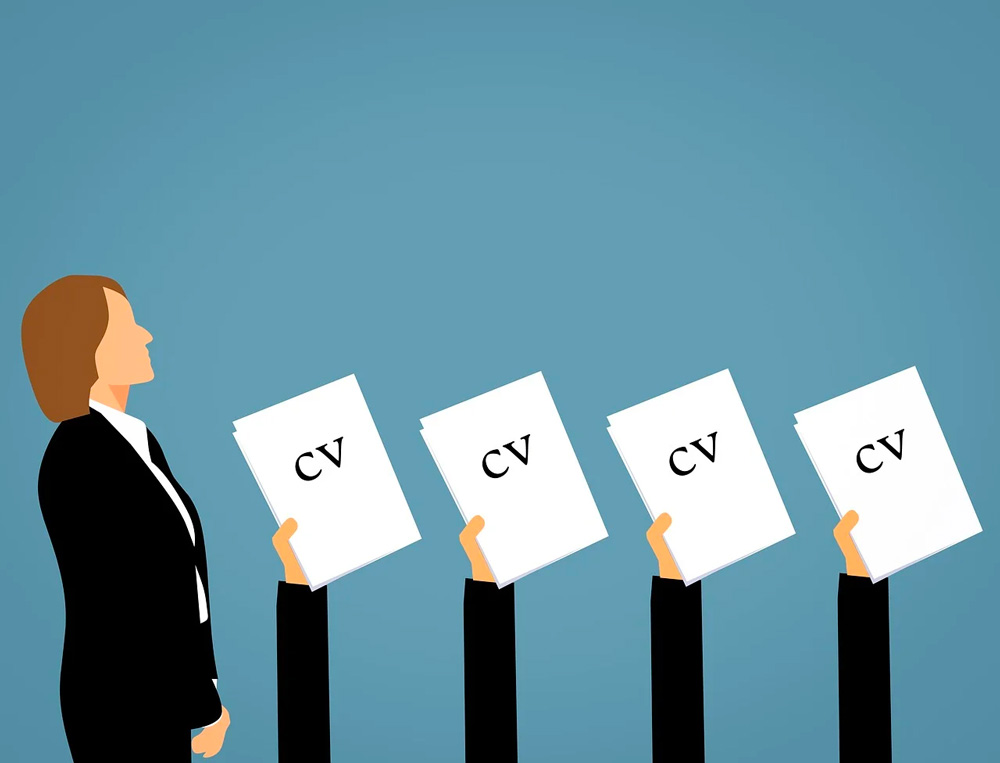5 minute read
At long last, your resume is finally done! The formatting, font, and background color are all perfect, and all of your information is included.
You’ve listed your past employment, any notable achievements, and even added a section for your relevant hobbies. You’ve done everything you need to do to impress the interviewer before the in-person meeting…but slow down a second, because you forgot about the cover letter.
What even is a cover letter? Well, we’ll get into that in a bit. On top of that, we’ll also take a look at using a cover letter template to create one that will get your resume noticed.
What Is a Cover Letter?
So, what’s a cover letter? Well, it’s a vital one page document that’s usually only a few paragraphs in length that describes the skills you have that will make you the perfect fit for the job. Essentially, it’s another way to introduce yourself and it also helps ensure your resume is noticed by the recruiter.
Are you unsure of what to include in a cover letter? It typically briefly describes your experiences and adds a little information about their experiences. Your format will be a little different based on your own experiences, but you should now have a general idea of what to include.
Some jobs require a cover letter and others don’t. But even if it isn’t necessary, you may still want to include one—it shows you’re professional, organized, and are a serious candidate for the open position at hand.
Not All Cover Letters Are the Same
Did you know there are different types of cover letters? Since you’re applying for a job, you’re going to want to create one that goes well with your application.
An application cover letter is the most common type out there. In three or four paragraphs, carefully summarize your industry experience and add in a few details about why you believe you’re the right candidate for the job. If there are any gaps in your employment history, try to use the letter to include the reasons why.
Along with application cover letters, there are other types are referrals, letters of interest, and value proposition letters. Most employers won’t ask for these, but it’s still a good idea to be familiar with the various types of cover letters that exist.
Referral letters are submitted by your current employer, and a letter of interest asks a company about any openings. Meanwhile a value proposition letter is used to summarize your unique skill set, and is a more in-depth look at your qualifications.
What Should You Include in a Cover Letter
Remember, a cover letter is short and sweet—your resume will list most of the pertinent information available.
Use the three or four paragraphs to explain why you have the necessary requirements for the available position. For example, if the open position requires having SEO knowledge, talk about your latest successful advertising campaign. Also, add any statistics or qualifications that may be relevant.
Another paragraph should discuss the reasons you want to work for the organization. Discuss how the position can help you meet your career goals. Try to do some research on the company and write about how you can help them grow. You may even want to include some stories about your own experiences in the industry.
Close out the cover letter with a call to action, and remember to keep it simple and always be polite.
Simplify the Process with a Cover Letter Template
Writing about yourself isn’t always easy for everyone, especially if you have a self-deprecating personality. Thankfully, a cover letter template can make it a little easier—the formatting is already in place and prompts show you where to include specific information.
You know where the heading and introduction go, and what to include in the letter’s body.
A cover letter template will help you get started, but you also want to customize the document to showcase your unique personality and talents.
Some essential tips to keep in mind to help you craft you cover letter include;
- Use bullet points to list your qualifications. If you’re only listing a couple, go ahead and skip the bullet list. The goal of a bullet list is to make it easier for a recruiter to skim over your cover letter.
- Pay attention to the number of paragraphs in the template, as you may have more than you need—on top of this, the opposite can also be true. Delete any unnecessary sections and carefully add paragraphs. If you’re adding paragraphs, make sure the format stays the same throughout the cover letter.
- Something else to watch for is if the format changes during sending. Sending it as an email may alter the format, and this can also apply if the cover letter is an attachment or a hard copy.
Creating a Cover Letter is Easy with a Template
Using a template to create a cover letter is quick, easy, and convenient. It’s a streamlined and straightforward way to help you secure the position you’re looking for.
Follow the format and pay attention to any changes you make, and you’ll be well on your way to creating a cover letter designed to impress.





